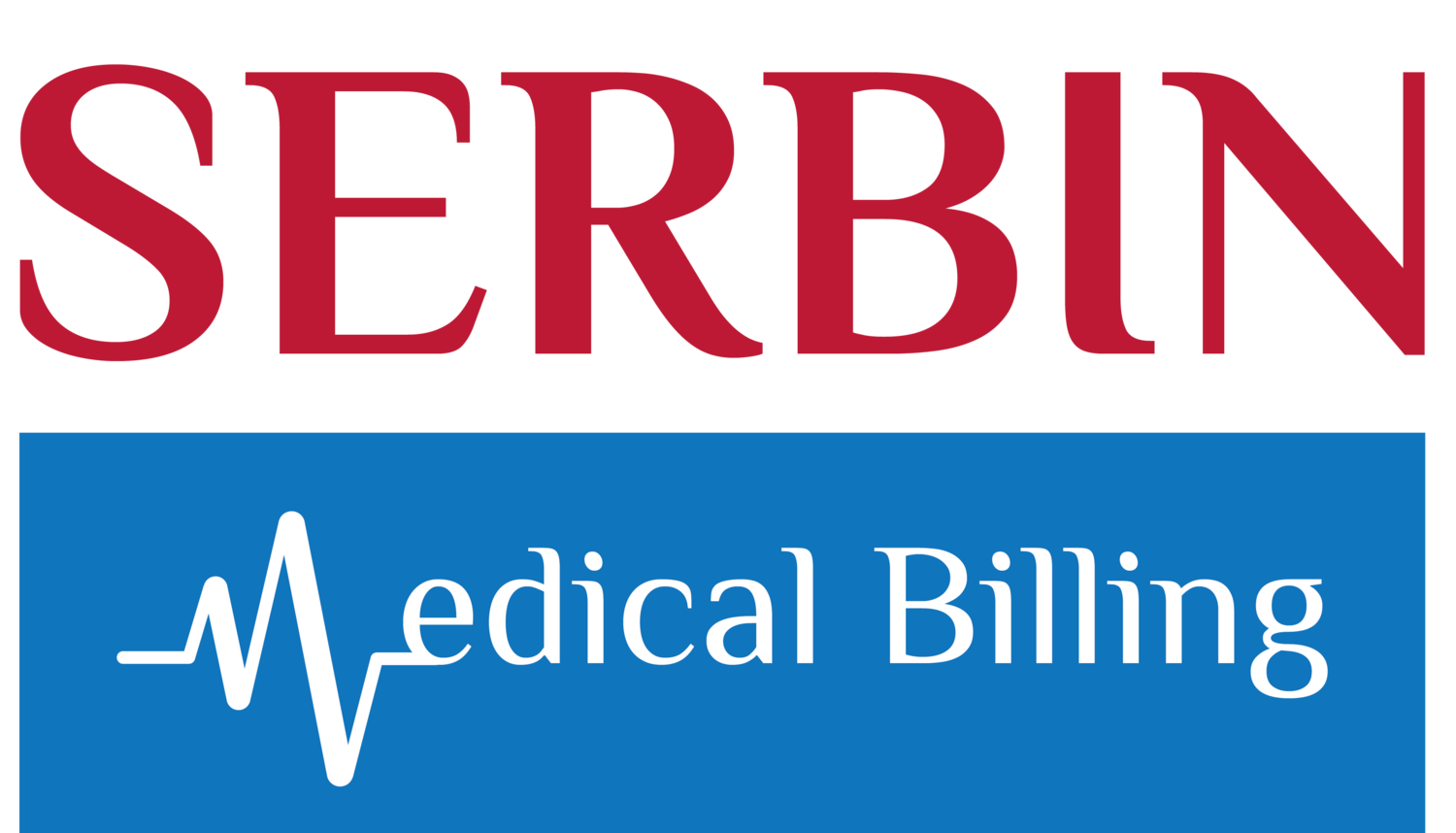Unbilled Revenue and How to Track It
ASC Revenue Leak Tip
Auditing is not just about the accuracy and timeliness of revenue cycle tasks. It is also about finding and plugging less common areas where revenue leaks can occur.
Here are two examples:
1. Unbilled insurance. There are several ways this can occur:
Procedure cannot be coded with other procedures scheduled that day because of delayed provider dictation or tardy transcription and there is no follow up.
Coder does not tally amount of procedures with scheduled procedures.
Charge poster does not recheck number of claims dropped with schedule.
Claims submitted to clearinghouse but not accepted by payor and there is no follow up.
Solution: Generate a report tracking unbilled insurance. Compare these unbilled claims in the computer to determine reason(s). Ask questions. If all necessary information is available, submit unbilled claims immediately.
2. Unbilled patients. Possible reasons this occurs:
Payment poster fails to switch guarantor to patient when third-party payor responsibility is complete.
Failure to send patient statements.
Solution: Generate a report tracking unbilled patients, including self-pay, promissory notes and patient balances after third-party payor responsibility is met. Compare report data to patient account information in computer. Follow up with appropriate revenue cycle staff member. After reconciliation of problem, send patient statements immediately.
These scenarios illustrate often-undetected areas where revenue leaks can occur. Although usually infrequent, multiple occurrences can adversely affect your ASC’s revenue stream.
Access other tips in this series on ASC revenue leaks.
Never miss a new tip by following Serbin Medical Billing's LinkedIn page!

